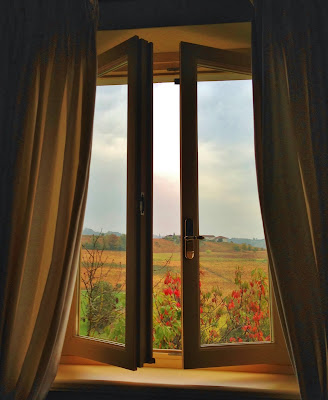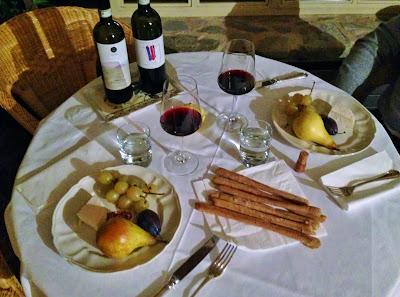
 |
| Add caption |



It’s during these times that sirens sound a warning throughout the streets and locals can’t do much except wait for the high tides to abate and hope that the damage is minimal.
“But Venetians are resilient people,” Nardin continues, “and take living with high tide as part of their culture; they just wish it didn’t happen so often.” It’s looking like Venetians might actually get their wish.
The aptly named Progetto MOSE (Modulo Sperimentale Elettromeccanico), which is currently in progress, is expected to accomplish in Venice what Mosè (Moses) did in biblical times: save the people from the water around them.
How will it reach its goal? The Progetto MOSE, governed by the Consorzio Venezia Nuova, consists of a series of electromechanical gates, which are being installed underwater at the three mouths of the Venetian lagoon: Chioggia, Malamocco and Lido. The gates will exist to effectively close off the lagoon from the sea during high tides or extraordinary weather conditions in order to prevent the water level from reaching dangerous heights within the city’s canals.

Clara Ceolin, Cultural Coordinator at the Centro Veneto in Toronto, was born on the Lido and returns to Venice regularly with her family. On a recent trip she visited one of the MOSE construction sites to get a better idea of just how a man-made machine might be able to “fermare il mare,” (stop the sea). “They’ve been working on it for years,” says Ceolin, “but they had problems with money.”
After many years of planning and numerous setbacks along the way, the project is currently more than 60 percent completed. The much-anticipated MOSE should finally become operational sometime in 2014, but there’s still a catch.
“There are many people who say that it won’t be useful at all,” reports Ceolin. Unfortunately, this might actually be true: there is still much speculation as to whether the gates will actually be capable of living up to their purpose, since, to date, a project of this kind has never been used in any other comparable situation in the world. Despite the widespread worry, “We have a lot of hope in the project,” she says.
But Venice’s water level issues aren’t the only ones that make it an increasingly difficult place to live. “The Venetian people feel their city is slipping from their fingers and being monopolised by a tourism industry that both provides the livelihood of many locals and strips the city of the quality of life that only Venice can offer,” Nardin says.
The love/hate relationship that Venetians have with tourism is a complex one, not caused by one element but by a combination of issues that negatively impact the daily life of those who reside in the city. On a very simple level, Venetians don’t appreciate the flood of visitors – upwards of 9 million in 2012 – who, at times, lack respect for their city and treat it as if it were an amusement park instead of home to real people with jobs, lives and families.
As if that weren’t enough, Nardin explains that the cost of living in Venice is very high, with average household spending in the Veneto reaching 2835 euros per month (the third highest of Italy’s 20 regions), a number which is being driven higher by the ripple effects of the city trying to cater to millions of tourists. Unable to make a living or enjoy their city, many locals are leaving Venice in search of work and respite from the flooding that assails their city, both in the form of tourists and high tides. In 1961, there were 137,150 residents; the number dropped to 58,991 in 2011.
What future is there for Venice with all her problems? Similarly to Ceolin, Nardin has hope for the Progetto MOSE and reaffirms her love for the city, tourists and all. “Being in Venice is living in history: when I step through her calli (alleyways), I can’t help but wonder about those who have followed the same route for centuries before me. And for someone like me […] Venice will always be home.”



























